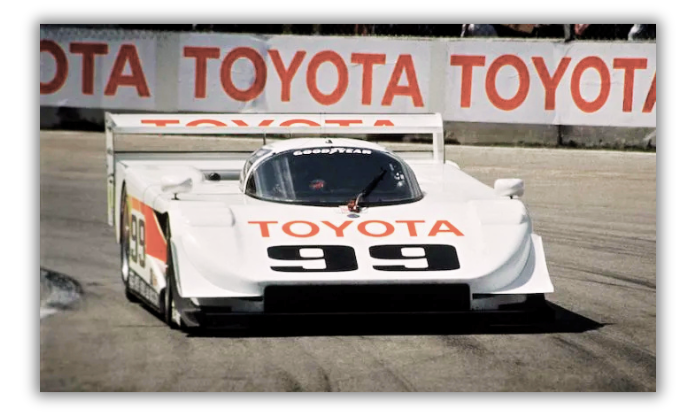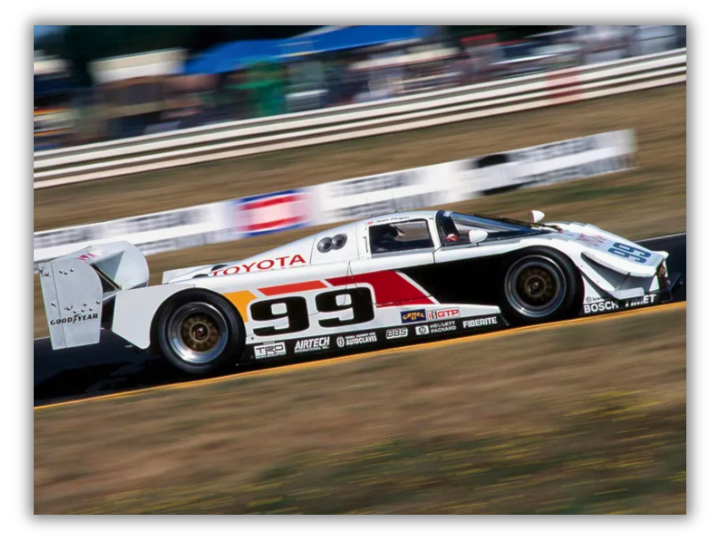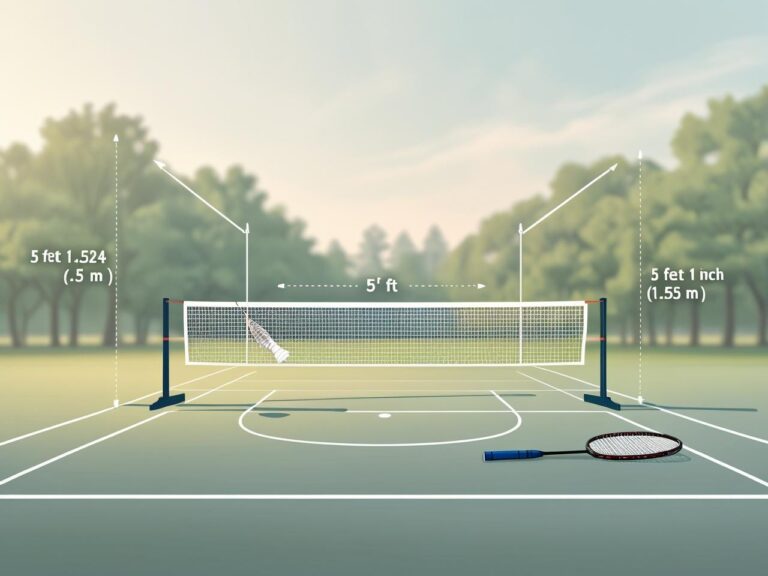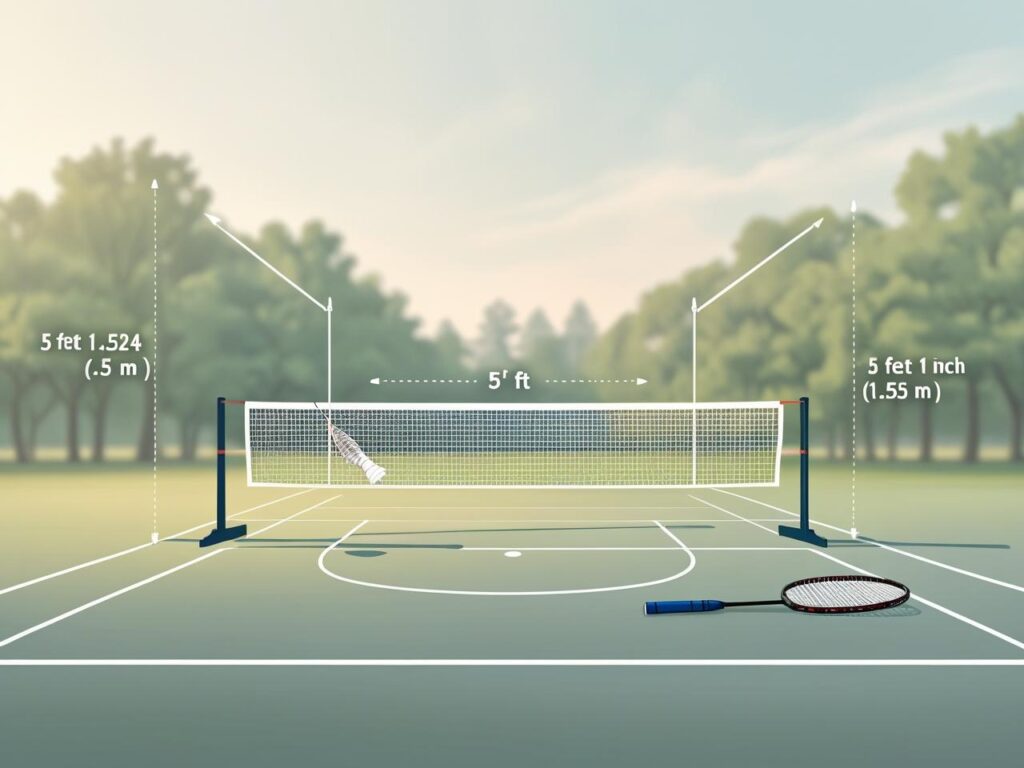The Toyota Eagle MkIII isn’t just a race car—it’s a legend. Between 1991 and 1993, this All American Racers (AAR)-built machine crushed the competition in the IMSA GTP series, winning 21 out of 27 races and securing back-to-back championships in 1992 and 1993. Its dominance was so overwhelming that giants like Nissan and Jaguar withdrew from the series, effectively ending the GTP era.
Powered by a turbocharged 2.1-liter Toyota 3S-GT engine—a compact inline-4 producing up to 1,000 horsepower in qualifying trim—the toyota eagle mkiii humbled rivals with larger V8 and V12 engines. Even today, it’s celebrated as one of the most technologically advanced race cars ever built.
Engineering Breakthroughs: The Birth of a Legend
Led by racing icon Dan Gurney and engineers John Ward and Hiro Fujimori, AAR set out to fix the flaws of their earlier Eagle HF89 model. The result was the MkIII, a revolutionary prototype blending cutting-edge materials and aerodynamics:
- Carbon-Fiber Monocoque Chassis: Reduced weight to 1,830 lbs while boosting rigidity.
- Aerodynamic Mastery: A front diffuser, single nose air inlet, and twin-tiered rear wing maximized downforce and stability at 200+ mph.
- Durable Bodywork: Carbon-Kevlar-Nomex composite panels offer lightweight strength.
This relentless focus on innovation gave the MkIII unmatched speed and handling, setting a new benchmark in motorsport design.
Technical Specifications: Inside the Beast
Engine & Powertrain
Toyota 3S-GTM Inline-4 Engine:
- Displacement: 2.1 liters (turbocharged)
- Power: 750+ horsepower in race trim (up to 1,000 HP for qualifying)
- Turbocharger: Garrett AiResearch unit with intercooler for optimal boost and cooling.
- Fuel System: Custom Elf racing fuel (82% toluene) for explosive combustion.
Performance Components
- Transmission: 5-speed manual March gearbox for precise power delivery.
- Suspension: Double-wishbone setup with adjustable dampers.
- Brakes: Ventilated carbon discs for relentless stopping power.

Why the MkIII Changed Racing Forever
- Small Engine, Giant Power: The 3S-GT proved that efficiency could trump displacement, forcing competitors to rethink engine strategies.
- Aerodynamic Edge: Its sleek design influenced future prototypes, emphasizing downforce without drag penalties.
- Legacy of Fear: Nissan and Jaguar’s exit after 1993 signaled the MkIII’s unrivaled supremacy, hastening the GTP class’s demise.
The Gurney Factor: Expertise Behind the Machine
Dan Gurney’s AAR team combined motorsport expertise with Toyota’s engineering rigor. Key figures like Ward (chassis design) and Fujimori (aerodynamics) ensured every component met racing’s highest standards. This collaboration earned the MkIII a reputation for reliability under extreme conditions, a critical edge in endurance racing.
Legacy: Still King of the Track
Three decades later, the Toyota Eagle MkIII remains a symbol of engineering brilliance. Museums and historic races showcase their timeless design, while their story inspires innovations in modern motorsport. For enthusiasts, it’s a reminder of an era when creativity and raw power ruled the track. ‘

Dominance on the Track: Toyota Eagle MkIII
From 1991 to 1993, the Toyota Eagle MkIII didn’t just race—it revolutionized. Built by All American Racers (AAR) and driven by legends like Juan Manuel Fangio II, this engineering marvel dominated the IMSA GTP series with 21 wins in 27 races, including a jaw-dropping 14 consecutive victories—a record still unbroken. Its turbocharged Toyota 3S-GTM engine (2.1L inline-4) defied expectations, proving that raw displacement wasn’t necessary to outpace V8 and V12 rivals.
Key Triumphs:
- 1993 Daytona 24 Hours: A landmark win showcasing endurance and speed.
- Back-to-Back 12 Hours of Sebring Titles (1992, 1993): Cemented its reputation as a versatile champion.
- Driver Championships: Fangio II claimed consecutive titles, aided by the MkIII’s unmatched reliability.
The car’s supremacy was so absolute that Nissan, Jaguar, and others exited the series, hastening the GTP class’s demise.
Influence: How the Toyota Eagle MkIII Changed Racing Forever
Toyota Eagle MkIII wasn’t just a race winner—it was a blueprint for the future. Its innovations forced rivals to rethink their strategies and inspired a new generation of prototypes:
- Aerodynamic Revolution: Features like the front diffuser and twin-tiered rear wing balanced downforce and drag, influencing modern LMP and Hypercar designs.
- Lightweight Mastery: The carbon-fiber monocoque chassis set a benchmark for combining strength with agility.
- Efficiency Over Displacement: The 3S-GTM engine’s turbocharged power (750+ HP) proved smaller engines could dominate, shifting focus to precision engineering.
Even today, the MkIII is a museum staple and a fan favorite at historic races, symbolizing an era when creativity ruled the track.

Want more about this content
Q&A: Answering Your Burning Questions
Q: What was the Toyota Eagle MkIII’s top speed?
While exact figures aren’t documented, the MkIII prioritized cornering speed and acceleration over straight-line metrics. Its aerodynamic design allowed it to maintain higher speeds through turns than bulkier competitors, a key factor in its dominance.
Q: What engine powered the Eagle MkIII?
The heart of the MkIII was the turbocharged 2.1-liter Toyota 3S-GTM inline-4. This compact powerhouse generated 750+ horsepower in race trim (up to 1,000 HP for qualifying), outperforming larger engines through precision engineering and turbo efficiency.
Q: Are Eagle cars still produced today?
No. The Eagle brand, known for its innovative race and road cars, was discontinued in the late 1990s. Its legacy, however, lives on through iconic models like the MkIII.
Q: How much horsepower did the Eagle MkIII have?
In race configuration, the MkIII’s engine delivered 750 horsepower at 8,000 RPM. For qualifying, boost adjustments pushed output to nearly 1,000 HP, making it a fearsome competitor on any circuit.
















2 Responses